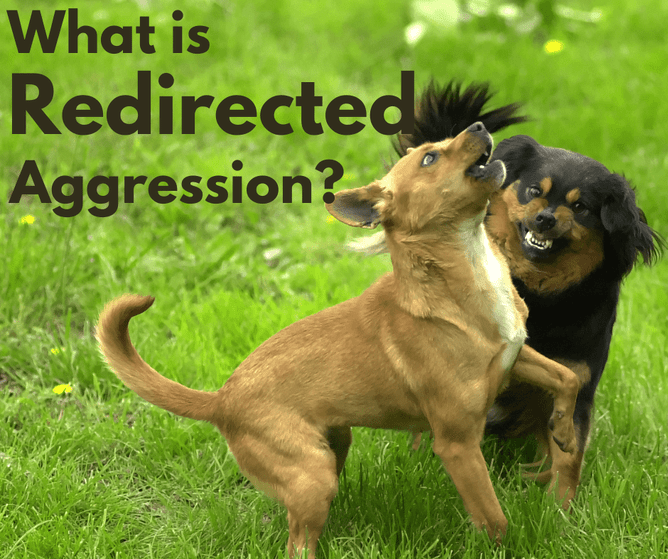Redirected Aggression in Dogs
Redirected aggression is when a dog redirects aggressive or hostile behaviour to a different place or purpose. That may be towards another dog/s, a person, or an object. The aggression may be caused by excitement, frustration or fear and almost always occurs when the dog is in a state of over arousal.
Some common examples:
1. Two dogs are running along a fence barking at and chasing the postman. Out of frustration that the dogs can’t reach their intended ‘target’, the dogs turn on each other.
2. Your dog is worried by seeing other dogs on a walk, and another dog walks too close to your dog and your dog turns and grabs/bites the lead.
3. You go to intervene 2 dogs having a scuffle and one turns and bites you.
In a state of high arousal, dogs often can’t think clearly and can make poor choices, however, redirected aggression is a normal response to an emotion. In some cases, you can teach a more appropriate response such as taking the energy of the arousal out on a toy, and then work towards a calmer response with training.
The key to preventing redirected aggression is to prevent and manage high arousal situations in which it is most likely to occur. This may mean changing the environment, preventing access, creating more distance, and teaching and implementing training skills.
If you need help with your dog/s, contact us today.

